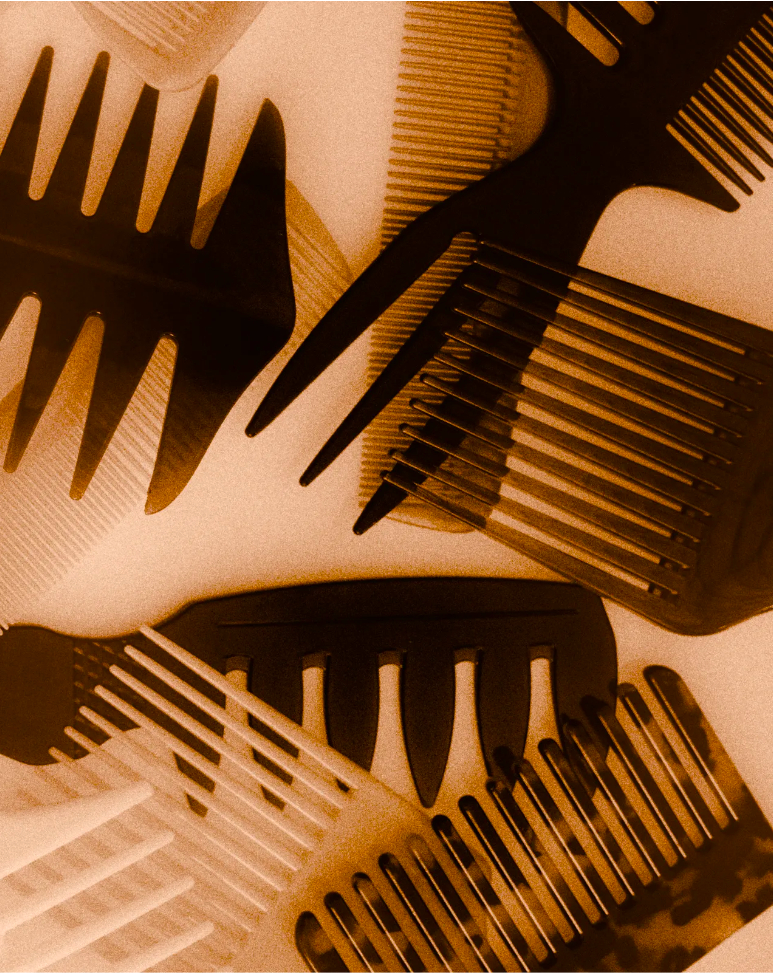Choosing the right hair mask can make a significant difference in the health and appearance of your hair. With countless options available on the market, it’s important to understand what your hair needs and how different hair masks can address those needs.
Hair masks are deep conditioning treatments designed to repair, nourish, and strengthen hair. They typically contain a higher concentration of active ingredients than regular conditioners and are formulated to address specific hair concerns, such as dryness, damage, or frizz. The key to choosing the right hair mask lies in understanding the unique properties of different ingredients and how they interact with your hair’s structure.

Hair is composed of keratin, a protein that provides strength and elasticity. Over time, exposure to environmental factors, heat styling, and chemical treatments can weaken the keratin structure, leading to damage and breakage. Hair masks work by delivering essential nutrients and moisture to the hair shaft, helping to restore its natural strength and luster.
Common ingredients in hair masks include:
Proteins: Such as keratin, collagen, and silk proteins, which help rebuild and strengthen the hair shaft.
Moisturizers: Like glycerin, aloe vera, and panthenol, which hydrate and soften the hair.
Oils: Such as coconut oil, argan oil, and jojoba oil, which provide nourishment and seal in moisture.
Vitamins and Antioxidants: Including vitamins E and B5, which protect the hair from environmental damage and promote healthy growth.
The best hair mask for you depends on your hair type and specific concerns. Here are some popular types of hair masks and their benefits:
1. Moisturizing Hair Masks
Ideal for dry, brittle hair, moisturizing hair masks are formulated to provide intense hydration. Ingredients like hyaluronic acid and shea butter work to lock in moisture, leaving hair soft and supple.
2. Repairing Hair Masks
For damaged or chemically-treated hair, repairing masks contain proteins and amino acids that help rebuild the hair’s structure. Look for masks with keratin, hydrolyzed wheat protein, or amino acids for the best results.
3. Smoothing Hair Masks
If frizz is your main concern, opt for a smoothing hair mask. These masks often contain silicones and oils that help to smooth the hair cuticle, reducing frizz and leaving hair shiny and sleek.
4. Color-Protecting Hair Masks
For those with colored hair, color-protecting masks help maintain vibrancy and prevent fading. These masks often contain UV filters and antioxidants that shield the hair from environmental damage.
5. Fino Hair Mask
Fino hair masks have gained popularity for their ability to deeply nourish and repair hair. Known for their rich formulas, Fino hair masks are particularly effective for those with thick, coarse hair.
Step 1: Identify Your Hair Type
Your hair type plays a crucial role in determining which hair mask will be most effective. Hair types are generally categorized as straight, wavy, curly, or coily, each with its own set of characteristics and needs.
Step 2: Assess Your Hair Concerns
Consider the specific issues you’re facing, such as dryness, damage, frizz, or color fading. Your hair concerns will guide you in selecting a mask with the appropriate ingredients and formulation.
Step 3: Read Labels Carefully
When shopping for hair masks, pay attention to the ingredient list and product claims. Look for masks that specifically target your hair concerns and contain high-quality, effective ingredients.
Step 4: Test and Adjust
Once you’ve selected a hair mask, give it a try and observe the results. It may take a few applications to see noticeable improvements. If you don’t achieve the desired results, don’t hesitate to try a different formula until you find the perfect match.

To get the most out of your hair mask, incorporate it into your hair care routine regularly. For most hair types, using a hair mask once a week is sufficient. However, if your hair is severely damaged or dry, you may benefit from more frequent applications.
Follow these steps for optimal results:
Shampoo Your Hair: Start with clean hair to ensure the mask can penetrate effectively.
Apply the Mask: Distribute the mask evenly through your hair, focusing on the mid-lengths and ends.
Leave It On: Allow the mask to sit for the recommended time, usually 5-20 minutes, to let the ingredients work their magic.
Rinse Thoroughly: Rinse out the mask with cool water to seal the hair cuticle and lock in moisture.
Choosing the right hair mask can transform your hair, making it healthier, shinier, and more manageable. By understanding the science behind hair masks and considering your hair type and concerns, you can select the best product to meet your needs.